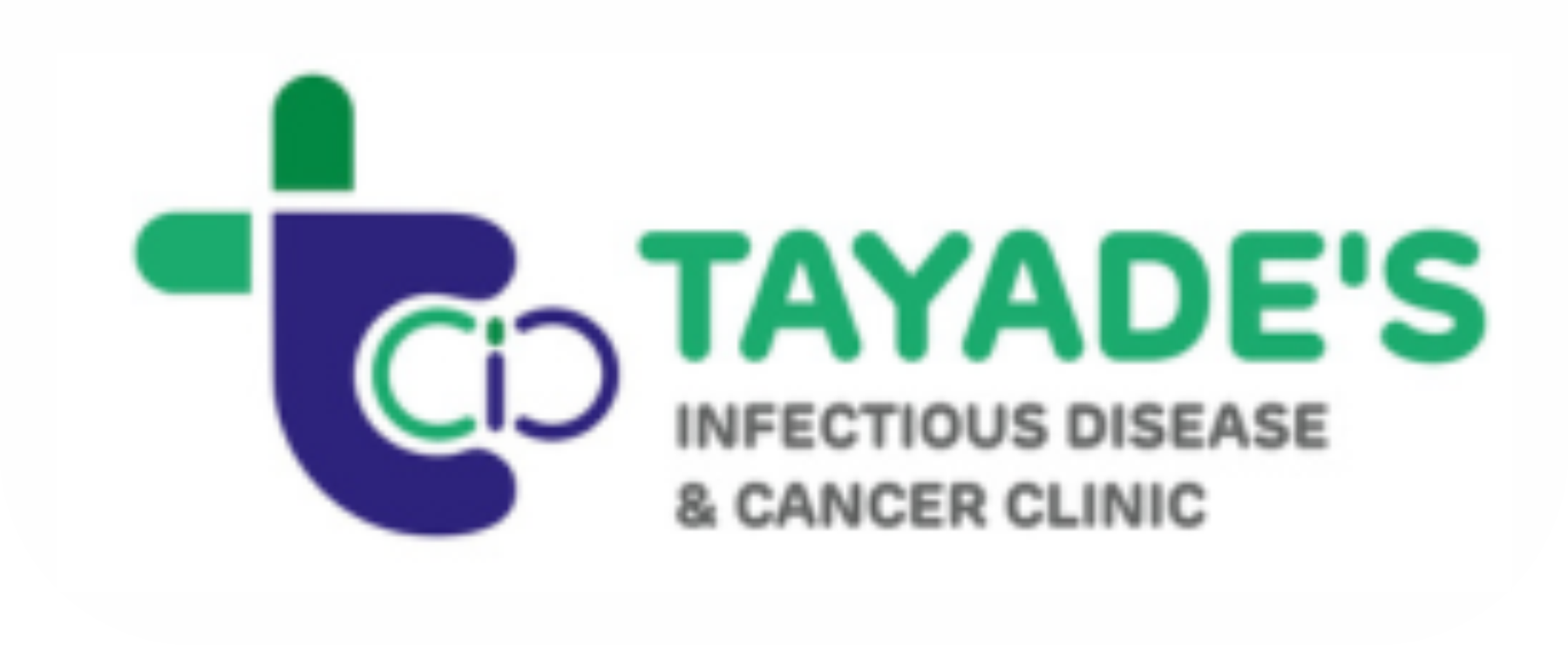There is lot of false rumour about increasing White Fungus incidence in Covid.
So what is this White Fungus?
It’s nothing but a Candida infection, which we used to see in pre-Covid era as well and now the incidence has increased in Covid which is expected with the amount of steroids and uncontrolled diabetes and antibiotics what we are using in Covid. What we really need to do to prevent this White Fungus, which is a misnomer. We should scan it, and cut down on the use of antibiotic and steroids. Identify it timely and hit it hard with antifungal which is treatable if it is identified early.
Fungal Infection in covid – candida / white fungus Symptoms of some fungal diseases can be similar to those of COVID – 19, including fever, cough, and shortness of breath. Laboratory testing is necessary to determine if a person has a fungal infection or COVID-19. Some patients can have COVID-19 and a fungal infection at the same time.
People with severe COVID-19, such as those in an intensive care unit (ICU), are particularly vulnerable to bacterial and fungal infections. The most common fungal infections in patients with COVID-19 include aspergillosis or invasive candidiasis. These fungal co-infections are reported with increasing frequency and can be associated with severe illness and death.
Candidemia incidence in covid is reported somewhere up to 14.80%
Awareness of the possibility of fungal co-infection is essential to reduce delays in diagnosis and treatment in order to help prevent severe illness and death from these infections.
What is white fungus ? Is it seen only in covid ?
No! Candida Auris was first reported In 2009 from Asia!!
since the start of the COVID-19 pandemic, outbreaks of C. Auris have been reported in COVID-19 units of acute care hospitals. These outbreaks may be related to changes in routine infection control practices during the COVID-19 pandemic, including limited availability of gloves and gowns, or reuse of these items and changes or limitations in cleaning and disinfection practices.
Why is candida Auris a cause if concern?
Candida Auris is an emerging fungus that presents a serious global health threat. The concerns about C. Auris are mainly for three reasons:
- It is often multi drug-resistant, meaning that it is resistant to multiple anti-fungal drugs commonly used to treat Candidainfections. Some strains are resistant to all three available classes of anti fungals.
- It is difficult to identify with standard laboratory methods, and it can be misidentified in labs without specific technology. Misidentification may lead to inappropriate management
- It has caused outbreaks in healthcare settings. For this reason, it is important to quickly identify C. Auris in a hospitalised patient so that healthcare facilities can take special precautions to stop its spread.
Who is at risk?
Who is at risk for infection from C. Auris?
People who have recently spent time in nursing homes and have lines and tubes that go into their body (such as breathing tubes, feeding tubes and central venous catheters), seem to be at highest risk for C. Auris infection. Limited data suggest that the risk factors for Candida Auris infections are generally similar to risk factors for other types of Candida infections. These risk factors include recent surgery, diabetes, broad-spectrum antibiotic and anti-fungal use. Infections have been found in patients of all ages, from preterm infants to the elderly. Further study is needed to learn more about risk factors for C. Auris infection.
How does C. Auris spread?
- Auris can spread in healthcare settings through contact with contaminated environmental surfaces or equipment, or from person to person. More work is needed to further understand how it spreads.
How do we diagnose it?
Early suspicion and prompt intervention is key to success in candida infections!!
Like other Candida infections, C. Auris infections are usually diagnosed by culture of blood or other body fluids. However, C. Auris is harder to identify from cultures than other, more common types of Candida. For example, it can be confused with other types of yeasts, particularly Candida haemulonii. Special laboratory tests are needed to identify C. Auris.
Do we have drugs to treat candida Auris?
Antifungals resistance is known in candida Auris and resistance rate is increasing over last few years!!
Drug of choice for candida Auris is echinocandins, other antifungals have variable sensitivity .
Source control is also one of the important step in management of this candidemia!
Stringent infection control practises, including strict contact isolation and surface cleaning holds key in management!

Tayades Clinic
You’re worried about symptoms, contact and get the appointment:
Contact: 070666 30757 drashwini.tayade@gmail.com
References:
- CDC- candida Auris
2. Nucci, M., Barreiros, G., Guimarães, L.F., Deriquehem, V.A., Castiñeiras, A.C. and Nouér, S.A. (2021), Increased incidence of candidemia in a tertiary care hospital with the COVID-19 pandemic. Mycoses, 64: 152-156.
3. Sathyapalan, D.T., Antony, R., Nampoothiri, V. et al. Evaluating the measures taken to contain a Candida auris outbreak in a tertiary care hospital in South India: an outbreak investigational study.BMC Infect Dis 21, 425 (2021).
4. Chowdhary A, Prakash A, Sharma C, Kordalewska M, Kumar A, Sarma S, Tarai B, Singh A, Upadhyaya G, Upadhyay S, Yadav P, Singh PK, Khillan V, Sachdeva N, Perlin DS, Meis JF. A multicentre study of antifungal susceptibility patterns among 350 Candida auris isolates (2009-17) in India: role of the ERG11 and FKS1 genes in azole and echinocandin resistance. J Antimicrob Chemother. 2018 Apr 1;73(4):891-899. doi: 10.1093/jac/dkx480. PMID: 29325167.
5. Nucci, M., Barreiros, G., Guimarães, L.F., Deriquehem, V.A., Castiñeiras, A.C. and Nouér, S.A. (2021), Increased incidence of candidemia in a tertiary care hospital with the COVID-19 pandemic. Mycoses, 64: 152-156.

